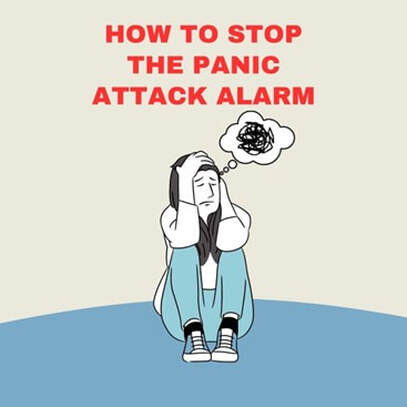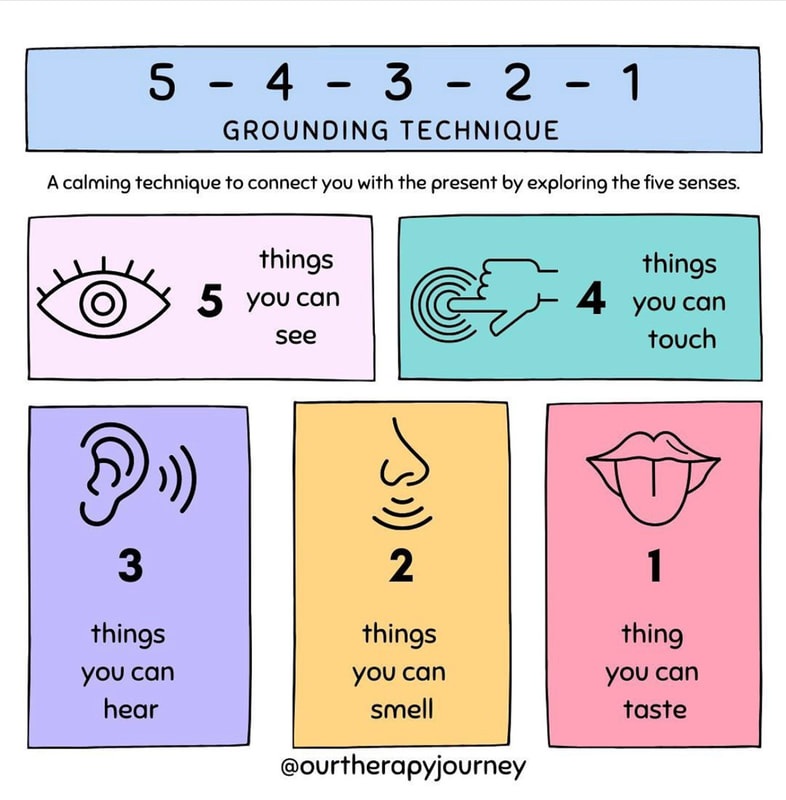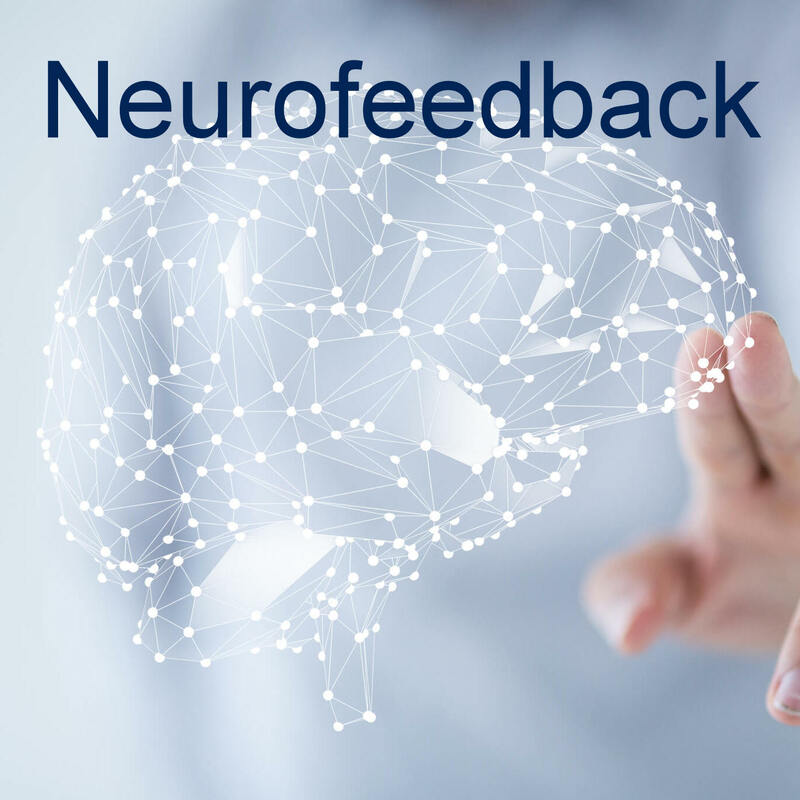|
by Linda Montalbano, LPMHC  Have you ever experienced a panic attack? Heart pounding…thoughts racing…stomach rolling…palms sweating…ears ringing…Maybe you have experienced all these symptoms, or for you, symptoms look differently. No matter the symptoms, it can be terrifying. Some people feel as though they may be having a heart attack. Others describe panic attacks as a sense of dread. It is frustrating; it is scary. However, panic attacks can be managed successfully! It is helpful to understand what triggers panic attacks. Common causes of anxiety include: Work/school pressures Stories in the news Family issues: a sick loved one, a death Relationship issues Peer pressures Social media Changes/life transitions The pandemic Trauma Learned behaviors: mimicking others who experience panic attacks. Once we recognize what could be causing or triggering the panic attacks, it is easier to understand why they occur. Working on or through the triggers can help reduce the onset and severity of panic attacks. But there are some useful tips to reduce the symptoms of panic attacks. In therapy I like to use the analogy of creating a toolbox together. Sometimes, it is an actual physical box that we put things into that can be physically used, and other times, it is a mental toolbox of things that we practice together that can later be utilized outside of the therapy walls. This is where knowing what signs and triggers to look for before symptoms elevate comes into play. As you become more aware of why and how the panic attack surfaces, you will notice what tool to utilize to help alleviate the symptoms. Nutritious meals, proper hydration, adequate sleep, and physical movement all play a role in our mental health, along with proper self-care! Taking time out for yourself is never selfish; it is crucial! Reading, listening to music, coloring, doing puzzles or going for a walk, and enjoying nature are excellent calming and distracting positive ways to keep our mental health…healthy. Daily affirmations and positive self-talk increase self-esteem and build confidence, thus reducing anxiety-provoking panic attacks. Affirmative I-statements are helpful, such as: Looking for something more physical or concrete? Grabbing ice cubes and holding them in the palms of your hands for 15-30 seconds is a form of cold exposure that helps deactivate the fight-flight response and re-regulate the body’s physical symptoms. Progressive muscle relaxation, tensing and relaxing parts of the body from head to toe, also helps with the body’s physical symptoms. Mindfulness helps to bring our mind and body back to center, changing our overall mindset and thought patterns. Through practicing mindfulness, we learn to be “mindful” and present, and in time, the goal is to become less distracted and more focused, which leads to reducing panic attacks. Visualization exercises are great examples and can be found on YouTube or google searches. My favorite grounding technique connects us with the present by exploring our senses: One helpful strategy I employ with younger clients is to have the child give a name to the anxiety and draw a picture of what it looks like for them. It helps to externalize anxiety. I try not to say “your anxiety” or make it a part of them. Then they can talk to the anxiety, yell at the anxiety….in turn, CONTROL the anxiety.
In short, there are many ways to manage and reduce panic attacks, thus turning off that fearful alarm. Feel free to reach out for any questions!
0 Comments
Leave a Reply. |
Archives
October 2023
Categories
All
|



















